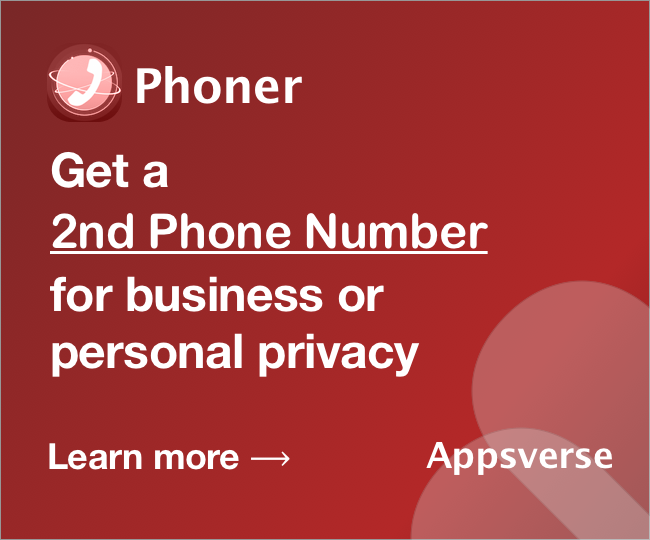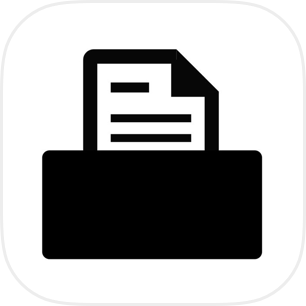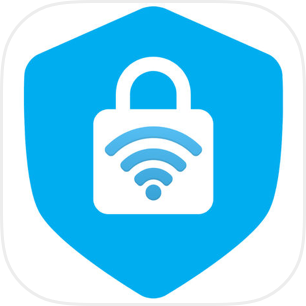We are living in difficult times. The digital revolution has, on the one hand, simplified communication and has put information on our fingertips (literally!). On the hand, however, it has sprouted questions and concerns of privacy. With the advent and massive popularization of social media, our information is no longer safe. So how do we know how much information about us is available online? By performing a Personal Privacy Audit.

What is a Personal Privacy Audit?
A Personal Privacy Audit is a process using which you can find out how much of your personal data is on the internet. This is vital to deploy the next steps in protecting further release of personal information and review your privacy settings on existing sites that you often use.

Why you should do a Personal Privacy Audit?
The innocuous personal details we put out for creating our digital social identity may so easily fall into the hands of unscrupulous actors, only to be used in many illegal ways. Do you ever ask how much my private information is exposed? A Personal Privacy Audit helps us to find that out with a view to prevent future privacy issues. The purpose of privacy audit is to help you take the necessary preventive steps to protect your personal information.
What is Personally Identifiable Information?
Personally Identifiable Information (PII) includes all the information that identifies you as a person and that you usually give out on the internet for any of the activities you perform online. It includes
Contact information
- Name
- E-mail address
- Mailing Address
- Phone Number
- Fax Number
Financial/billing information
- Name of banking institution
- Credit Card number
- Salary/Income
- Account Number
- Routing number
- Account balance
Unique identifiers
- Social Security Identifier
- Driver’s License Number
- Proprietary global unique identifier (GUID)
Demographic information
- Age
- Gender
- Ethnicity
- Marital Status
Medical information
- Medical History
- Health Status/Present Conditions
- Health Insurance Provider
Employment information
- Employment Status
- Employer
- Title
- Business Contact info
Education information
- School(s) attended
- Degrees conferred
- Dates of attendance
- Transcript/Grade information
Legal information
- Criminal Record
Familial information
- Number of Children
- Number of Siblings
- Information regarding spouse/partner
- Mother’s maiden name
- Information regarding parents
- Years at current address
Other information
- Hobbies
- Interests
- Dialogue/Interaction (chat rooms, e-mail, bulletin board postings, etc.)
You also need to be aware of the most common manner in which this information is collected. You should look for privacy policies of sites that will tell you how they use your personal information, as per General Data Protection Regulation (GDPR). You might have given this information through,
- Registration Forms
- Order Forms
- News Groups
- Feedback Forms
- Contact Us
- Forums
- Surveys
- Request Forms
- Chat Rooms
- Bulletin Boards
What happens if my private information is exposed on the internet?
Remember a social media platform asked for your phone number and other details? Surely, you gave out those details not thinking for a moment that they can fall into the wrong hands. Or you shopped online using your credit card. Surely you gave out all the details to complete the transaction. What was that site again?
With every bit of information you give away to the digital world, thousands of prying eyes can easily get access to it. To underline our point, we tell you the story of Phillip Cummings, who worked for a software company. This ingenuous guy stole customers’ credit card reports from his company’s database and sold it to a Nigerian ID theft ring. He made a cool $900,000 by selling 30,000 reports for $30 each. Imagine the havoc the stolen reports might have created.
Or have you heard about an American soldier who was serving in Iraq when he discovered that his bank account was being slowly drained of his hard-earned money? A computer hacker was able to achieve this feat with nothing more than his name, email and Facebook profile.
According to research, close to 17 million people became victims of online identity theft. Close to $18 billion was stolen through data breaches and identity thefts. This number can be much larger as many victims suffer the ignominy silently without reporting. In short, if your personal information falls into the wrong hands, you too can become a victim of identity fraud and stand to lose money and reputation.
Can I delete my personal information from the internet?
That’s a tricky question. Suffice to know that since the arrow has left the bow, it is impossible to get it back. There is no way for you to undo giving out your personal details, unless it is an infringement of copyrighted material or falsehood and defamation, in which case you can take the legal recourse and force the guilty party to bring down the information.
How to do Personal Privacy Audit: Checklist and Steps
There is a simple privacy audit template that you can follow.
- Step 1: Google your name
The first step in a Personal Privacy Audit is to search for your name and you will see all the sites that contain your information.
- Step 2: Remove all old social media accounts
Delete all old social media accounts that you aren’t using anymore. Remove old posts that can easily identify you. Try to keep a lean profile and remove your phone number from as many accounts as possible.
- Step 3: Take the hacked quiz
This simple, interactive privacy audit questionnaire will tell you whether your private data was stolen by the Capital One hacker that hacked into one of the company’s servers and stole the data of more than 100 million people. This will also give you an idea about the kind of personal information that is swimming around on the Internet and that can be stolen anytime.
- Step 4: Perform Facebook and Google Privacy Checkups
Another way on how to check online privacy is to perform the Facebook Privacy Checkup and Google Privacy Checkup. Both Facebook and Google are the sites we use the most and these checkups help us review what information we can not allow from being public and what we can share. Through these privacy audit examples, you can review your privacy settings and make sure you are only sharing your information with whom you want and not anyone else.
So how do I prevent myself from becoming a victim of ID theft?
As we said earlier, the information you have already given to the Internet will always remain there. Just be mindful of the fact that it may be used for illegal purposes. Keep a close look on your financial transactions and see if there are no dubious purchases or transactions you didn’t authorize.
Stop giving out personal information, like phone number or email id. There are many sites that need a valid phone number to be able to register and use its services. So if you are using such sites – dating, entering in contests, downloading apps, etc. – you’d want to use an alternative phone number. There are many apps that allow you to get a second phone number that you can use for site registrations, without having to expose your primary number.
Download Phoner to fix your Privacy Audit problems
Take the first step in Personal Privacy Audit and download the Phoner app now to get a second phone number and protect yourself from identity theft.

 4.5/5 on App Store
4.5/5 on App Store





